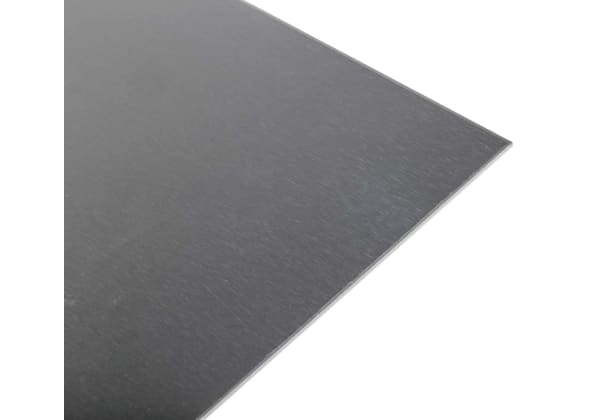- Published 9 Feb 2023
- Last Modified 29 Aug 2023
- 5 min
Angle Iron: A Guide to Metal Angles
A guide to metal angles and angle iron, including what they are, the different types, and how they are used.

Reviewed by David Carmichael, Solution Engineer (March 2023)
Metal angles, also known as angle iron, are a type of L-shaped steel product that is used in a variety of applications. They are versatile and can be used in a range of industries, including construction, manufacturing, and engineering.
What are Metal Angles?
Metal angles are long, thin metal products that are shaped like a right angle. They are used to form a corner or angle between two surfaces. They consist of two pieces of metal that are perpendicular to each other – called legs. The legs are connected to provide stability and support for the angle iron, making it ideal for use as a brace or structural support.
Metal angles can be made from a variety of materials, including steel, stainless steel, and aluminium. However, they are typically made of high-strength steel alloys. The choice of material will depend on the intended application and the desired properties of angle iron, such as strength, durability, and corrosion resistance.
The size, length, and thickness of metal angles can vary. It is imperative to choose the right size and thickness of angle iron for the intended application, to ensure that it provides the necessary strength and stability.
How and Where is Angle Iron Used?
Metal angles are versatile and practical products that are found in a variety of applications, including construction, manufacturing, and engineering. They are commonly used as support braces and structural supports in building construction, as well as in machinery and equipment. Metal angles are also used to make frames, shelves, and other structures that require stability and support.
Here are some of the most common uses for angle iron:
- Construction: Metal angles are commonly employed in building construction as support braces and structural supports. They are used to reinforce walls, provide support for roof beams, and help distribute weight more evenly. They are also used to create frameworks for windows and doors, as well as for shelves, cabinets, and other furniture
- Manufacturing: Angle iron is used in manufacturing to create machine frames, equipment supports, and other components. It is also used in the production of conveyor systems, material handling equipment, and other machinery
- Engineering: Metal angles are used in engineering and similar industries to create stable, strong structures. They are used in the construction of bridges, towers, and other large structures, and provide support and stability for these structures
- DIY Projects: Metal angles are also commonly used in DIY projects, such as building shelves, creating brackets for hanging items, and making custom brackets for holding items in place
Types of Metal Angles: Materials and Sizes
Angles come in a variety of metal materials and sizes, allowing customers to choose the right type for their intended application. Here are some of the most common materials for metal angles:
Steel
Steel is the most used material for metal angles as it is strong, durable, and affordable. It is typically available in a variety of grades and alloys. The choice of steel grade will depend on the intended use and the desired properties, such as strength, durability, and resistance to corrosion.
Aluminium
Aluminium is a lightweight and corrosion-resistant material often used for metal angles. It is commonly used in construction and engineering applications, as well as in DIY projects.
Stainless Steel
Stainless steel is a strong and durable material that is resistant to corrosion and rust. It is often used in applications where appearance is key, such as furniture and interior design. In addition, it is often used in environments where exposure to moisture or corrosive substances is a concern.
Metal angles are also available in different sizes, lengths, and thicknesses, and can be custom-cut to meet specific requirements. It is critical to choose the right size and thickness of angle iron for your intended application, to ensure that it is strong enough to provide the necessary support.
How to Measure Angle Iron
When choosing metal angles, it is helpful to know the size and thickness of the angle iron you need. Metal angles are typically measured by their length, width, and thickness.
- Length: this is the measurement of the product from end-to-end
- Width: this is the measurement of the leg from the outside to the centre of the L-shape
- Thickness: this is the measurement of the thickness of the legs
When buying metal angles online, it is imperative that you order the right size and thickness for your intended application. This will help to ensure that the angle iron is suitable for your needs and will perform as expected.
Failing to order the right size and thickness could result in an angle iron that is too weak for your application or too heavy to be used in the intended way. Additionally, ordering the wrong size could result in additional costs for custom cutting or placing another order for the correct size.
To avoid these problems, it is critical to carefully measure the required size and thickness for your project. By taking these precautions, you can be confident that you are ordering the right metal angle for your project. In addition, you can be confident that you will receive the materials you need to complete your project on time and on budget.



